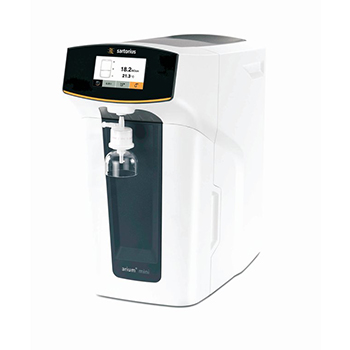
Gel Electrophoresis
Gel electrophoresis is a method for separation and analysis of macromolecules (DNA, RNA and proteins) and their fragments, based on their size and charge. It is used in clinical chemistry to separate proteins by charge and/or size (IEF agarose, essentially size independent) and in biochemistry and molecular biology to separate a mixed population of DNA and RNA fragments by length, to estimate the size of DNA and RNA fragments or to separate proteins by charge. Gel electrophoresis is used in forensics, molecular biology, genetics, microbiology and biochemistry. The results can be analysed quantitatively by visualising the gel with UV light and a gel imaging device.













